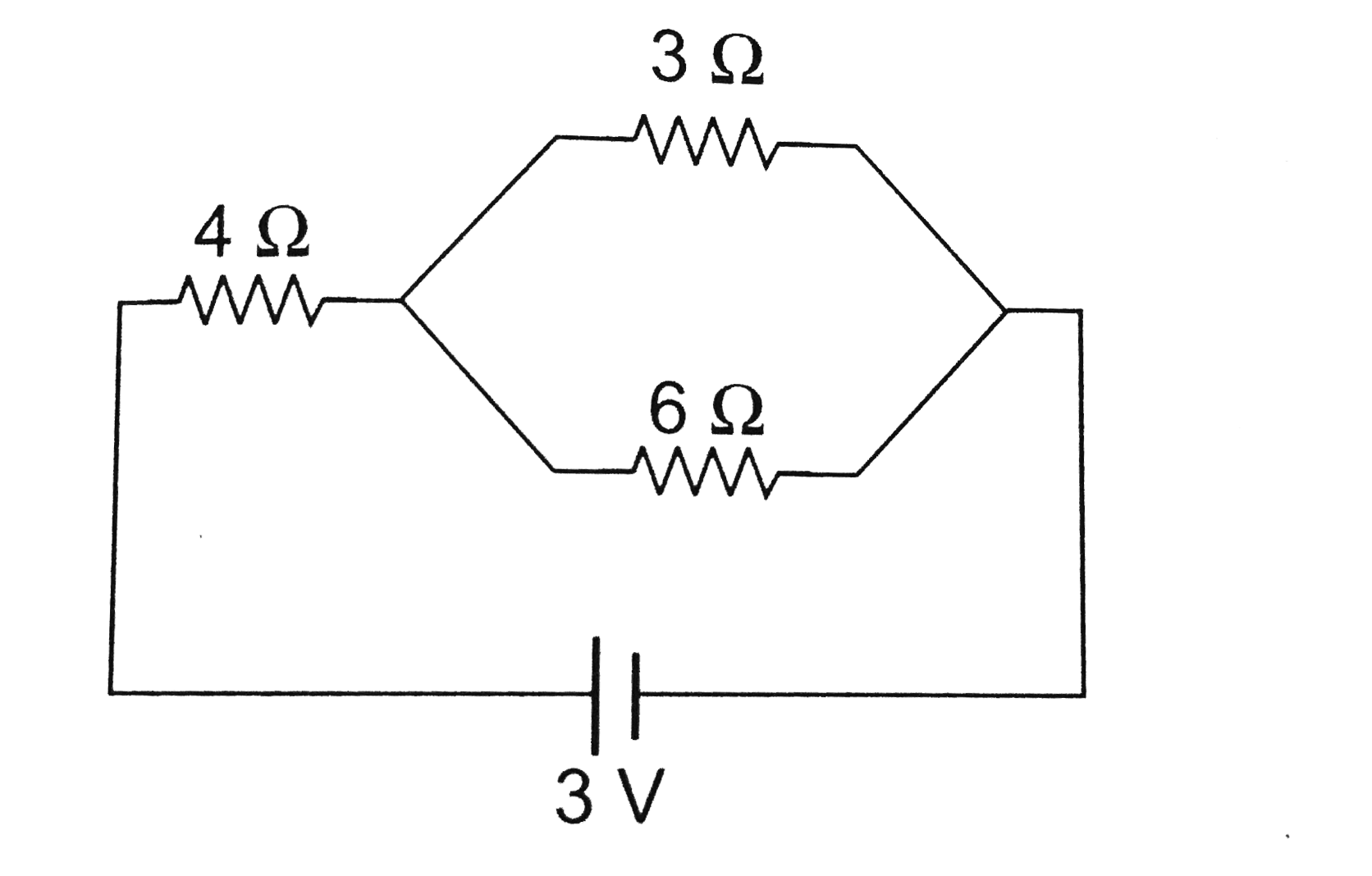The potential of a charged drop is v. This is divided into n smaller drops, then each drop will have the potential as ,
The correct Answer is:D
Step by step video, text & image solution for The potential of a charged drop is v. This is divided into n smaller drops, then each drop will have the potential as , by Physics experts to help you in doubts & scoring excellent marks in Class 12 exams.
Updated on:21/07/2023Topper's Solved these Questions
- ELECTROSTATICS-IIBOOK - MOTIONCHAPTER - ELECTROSTATICS-IIEXERCISE - Exercise - 2 (Level - I) Section C - Spheres Problem, Electrostatics pressure
12 Videos
- ELECTROSTATICS-IIBOOK - MOTIONCHAPTER - ELECTROSTATICS-IIEXERCISE - Exercise - 2 (Level - I) Section D - Plates
2 Videos
- ELECTROSTATICS-IIBOOK - MOTIONCHAPTER - ELECTROSTATICS-IIEXERCISE - Exercise - 2 (Level - I) Section A - Questions Based on electric flux for various configuration, Question on solid angle concept, Gauss law Based Questions
12 Videos
- ELECTROSTATICS - I BOOK - MOTIONCHAPTER - ELECTROSTATICS - I EXERCISE - EXERCISE - 4 (Level -II) PREVIOUS YEAR - JEE ADVANCED
13 Videos
- ERRORS , THEORY BOOK - MOTIONCHAPTER - ERRORS , THEORY EXERCISE - EXERCISE 4 (LEVEL -II)
10 Videos
Similar Questions
N small conducting liquid droplets, each of radius r, are charged to a potential V each. These droplets coalesce to form a single large drop without any charge leakage. Find the potential of the large drop.
View SolutionTwenty seven drops of mercury are charged simultaneously to the same potential of 10V. What will be the potential if all the charge drops are made to combine to form one large drop? Assume the drops to be spherical.
View Solution
Knowledge Check
Eight oil drops of same size are charged to a potential to 50 V each. These oil drops are merged into one single larged drop. What will be the potential of the large drop ?
A50 VB100 VC200 VD400 V8 equally charged drops are combined to form a big drop. If the potential on each drop is 10 V, then the potential of the big drop will be
A40 VB30 VC25 VD20 VEight equals charged tiny drops are combined to form a big drop. If the potential on each drop is 10V then potential of big drop will be -
A40VB10VC30VD20V
512 identical drops of mercury are charged to a potential of 2V each. The drops are joined to form a single drop. The potential of this drop is ___ V.
View SolutionThe potential of a large liquid drop when eight liquid drops are combined is 20 V. Then, the potential of each single drop was
View SolutionThe potential drop across the 3Ω resistor is

View Solution64 identical drops of mercury are charged simultaneously to the same potential of 10 volt. Assuming the drops to be spherical, if all the charged drops are made to combine to form one large drop, then its potential will be
View SolutionA water drop of radius R is split into n smaller drops , each of radius r. If T is the surface tension of water ,then the work done in the process is
View Solution
